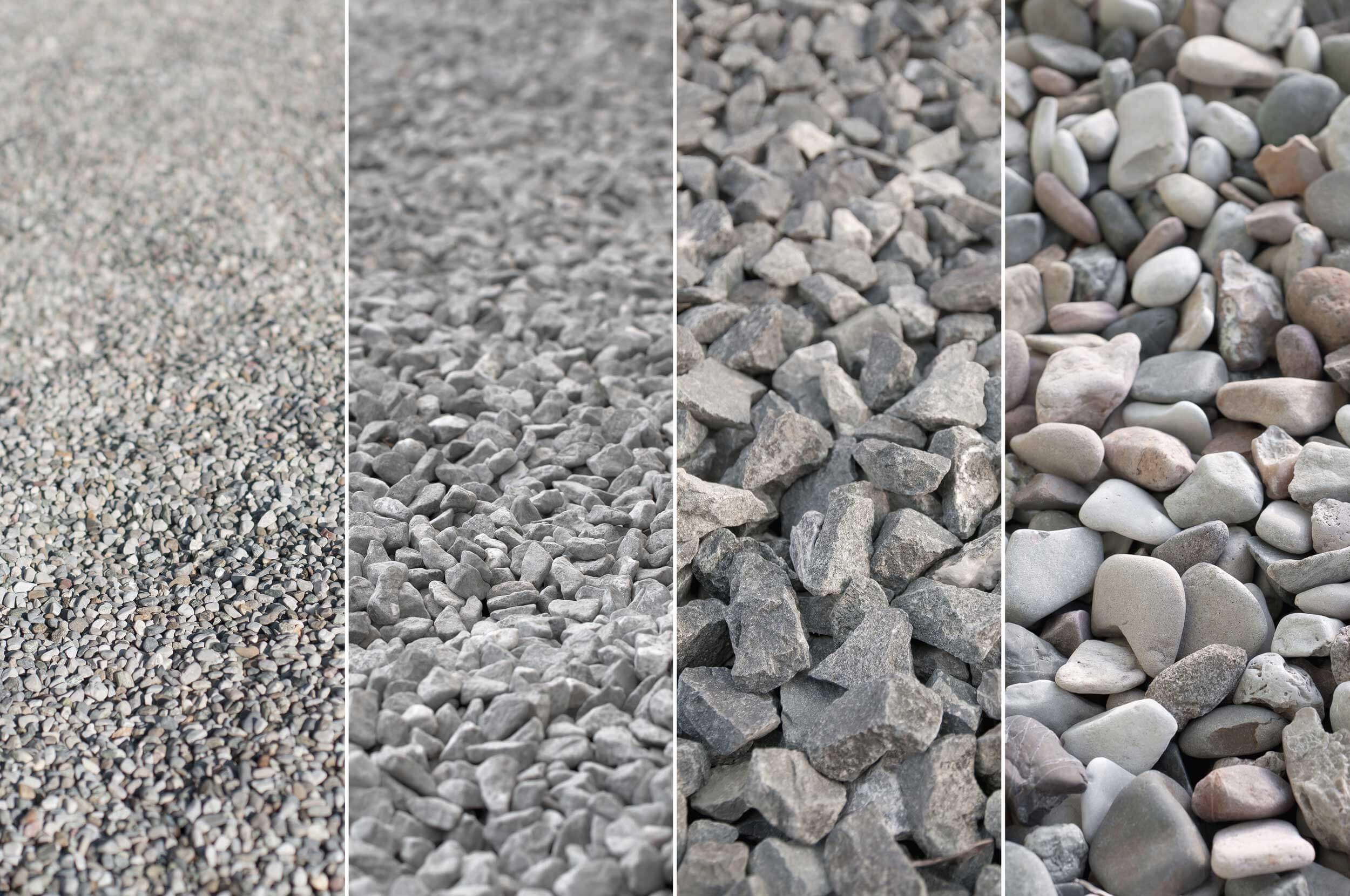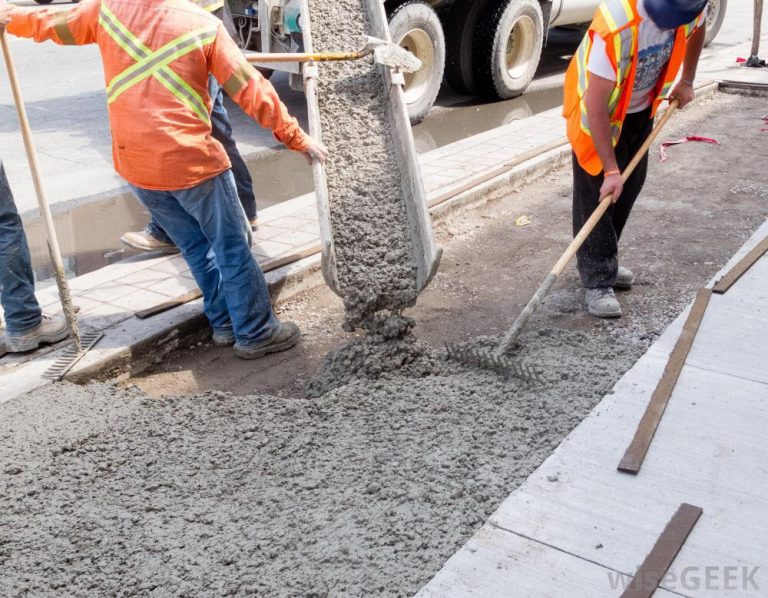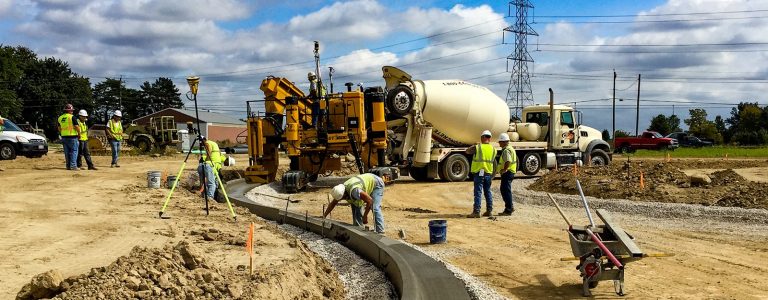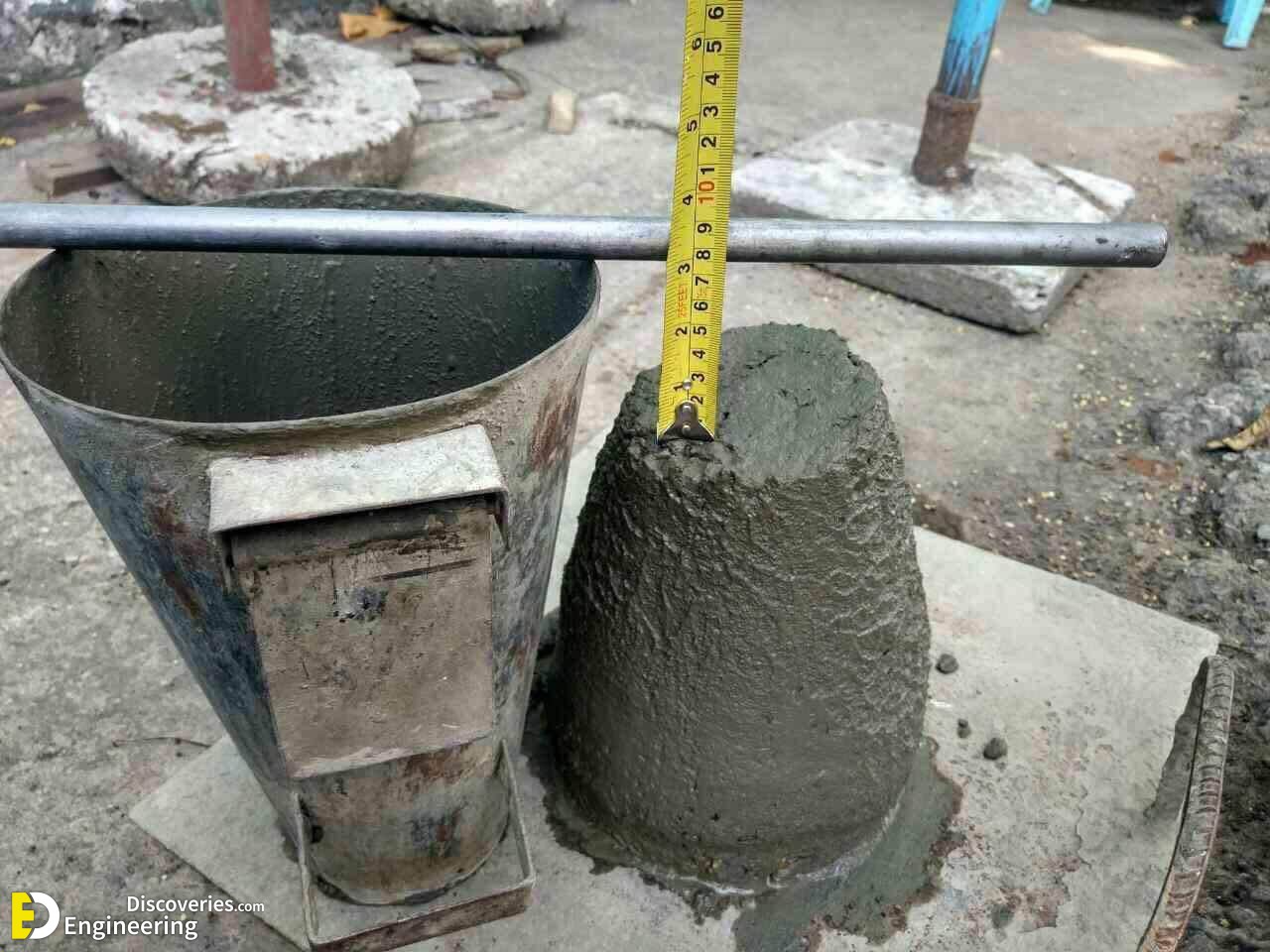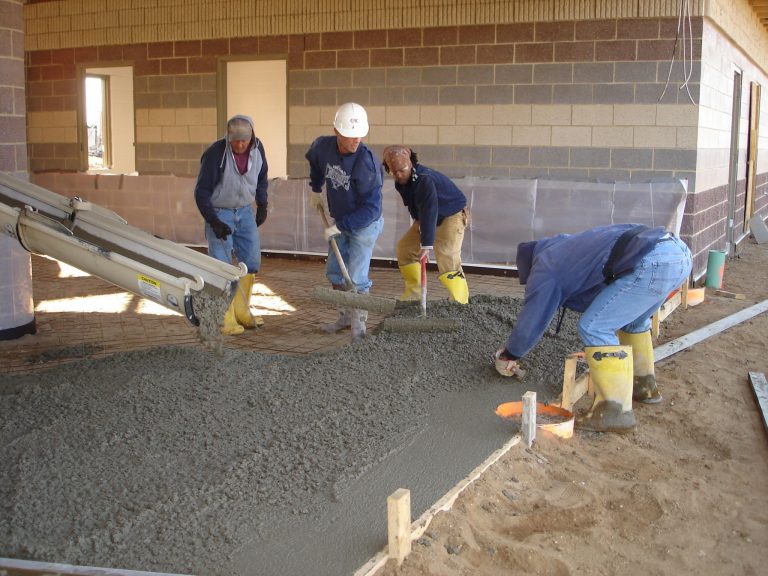Lubricating nature of workable concrete is the most important nature. Workability is dependent on the proportion of the constituent material as well as on their individual characteristics. The factors that affect the workability of concrete are given below:
1. Water Content of the Concrete Mix
Water content will have important influences on the workability in given volume of concrete. The higher the water content per cubic meter of concrete, the higher will be the fluidity of concrete, which affect the workability.
Water requirement is mainly associated with absorption by aggregates surface & filling up the voids between aggregates.
However, adding extra water to concrete mix can be disadvantageous, as given below:
Strength of the concrete may get reduced.
More quantity of water comes out from the surface of concrete resulting into bleeding.
Cement slurry also escapes through the joints of formwork resulting into loss of cement from concrete.
2. Size of Aggregates
Workability is mainly governed by maximum size of aggregates.Water and paste require, will be not less if a chosen size of aggregates for concrete is bigger. Consequently, for a given quantity of water content & paste, bigger size aggregate will give higher workability.
Note:On site, the maximum size of aggregate to be used will depend upon the many factors such as, the handling, mixing and placing equipment, thickness of section and quantity of reinforcement. Later two are very important.
3. Shape of Aggregates
The shape of aggregates seriously influences the workability of concrete.Angular, flaky & elongated aggregate reduces the workability of concrete.
Rounded or sub rounded aggregates increase the workability due to reduction of surface area for a given volume or weight. Therefore, excess paste is available to give better lubricating effect.Rounded shape aggregate has less frictional resistance and give a high workability as compared to angular, flaky or elongated aggregates.
Note: River sand & gravel provide greater workability to concrete than crushed sand.
4. Surface texture of Aggregates
- The rough textured aggregates have more surface area than Smooth rounded aggregates of same volume. Smooth rounded or glassy aggregates will give better workability than rough textured aggregates. A reduction of inter particle frictional resistance offered by smooth aggregates also contributes to higher workability.
5. Porosity of Aggregates
Porous and non-saturated aggregate will require more water than non-absorbent aggregates. For same degree of workability latter will require less water. Overall, this factor is only of secondary importance.
6. Grading of Aggregates
Grading of aggregate will have the greatest influence on workability. The better the grading, the less is the amount of void in concrete so well graded aggregates should be used. When total voids are less in concrete, excess paste is available to give better lubricating effect.
With excess amount of concrete paste present in the mixture, it becomes cohesive & fatty that prevents segregation of particles & least amount of compacting efforts is required to compact the concrete.
For a given workability, there is one value of coarse / Fine aggregate ratio, which needs the lower water content.
7. Use of Admixture
This is one of the commonly used methods to enhance workability of concrete. Chemical admixtures such as Plasticizer and super plasticizers greatly improve the workability.
Air entraining agents are also used to increase the workability. Air entraining agents creates a large number of very tiny air bubbles. These bubbles get distributed throughout the mass of concrete and acts as rollers and increases workability.
Mineral admixtures like Pozzolanic materials are also used to improve workability of concrete.
8. Ambient Temperature
In hot weather, if temperature increases, evaporation rate of mixing water also increases and hence fluid viscosity increases, too. This phenomena affects the flow ability of concrete and due to fast hydration of concrete, it will gain strength earlier which decreases the workability of fresh concrete.
9. Type and Composition of Cement
There are also effect of type of cement or characteristics of cement on the workability of concrete. The cement with increase in fineness will require more water for same workability than the comparatively less fine cement. The water demand increased for cement with high Al2O3 or C2S contents.
10. Mix Proportions of Concrete
Mix proportion of concrete tells us the ratio of fine aggregates and coarse aggregates w.r.t. cement quantity. This can also be called as the aggregate cement ratio of concrete. The more cement is used, concrete becomes richer and aggregates will have proper lubrications for easy mobility or flow of aggregates.
The low quantity of cement w.r.t. aggregates will make the less paste available for aggregates and mobility of aggregates is restrained.
11. Use of Supplementary Cementitious Materials
Supplementary cementitious materials are those which are used with cement to modify the properties of fresh concrete. Fly ash, fibers, silica fume, slag cements are used as supplementary cementitious materials.
The use of fly ash in improves the workability of concrete by reducing the water content required for same degree of workability or slump value.
The use of steel or synthetic fibers in concrete reduces the workability of concrete as it makes the movement of aggregates harder by reducing the lubricating effect of cement paste.
The workability of concrete is reduced and increased based on the quantity of silica fume. The use of silica fume in concrete can improves workability when used at low replacement rates, but can reduce workability when added at higher replacement rates. Silica fume are used as pumping aid for concrete when used as 2 to 3% by mass of cement.
The use of slag cement also improves workability but its effect depends on the characteristics of the concrete mixture in which it is used.
12. Time
Fresh concrete stiffens with time and loss workability though it is not exactly settling or getting strength at all. After mixing concrete, some water is absorbed by aggregate, some may be lost by evaporation and some may be spent for initial chemical reactions. The loss in workability by time depends on various factors like:
Initial workability: if initial workability is high, slump loss will be greater
Property of cement: if alkali content is high and sulfate content is low, sump loss will be greater
Moisture content of aggregate: dry aggregate will absorb more water and workability will decrease
13. Wind
If wind is moving with greater velocity, the rate of evaporation also increase reduces the amount of water and ultimately reducing workability.
How To improve the workability of concrete
1-Increase water/cement ratio.
2- Increase size of aggregate.
3- Use well-rounded and smooth aggregate instead of irregular shape.
4- Increase the mixing time.
5- Increase the mixing temperature.
6- Use non-porous and saturated aggregate.
7- With addition of air-entraining mixtures.

